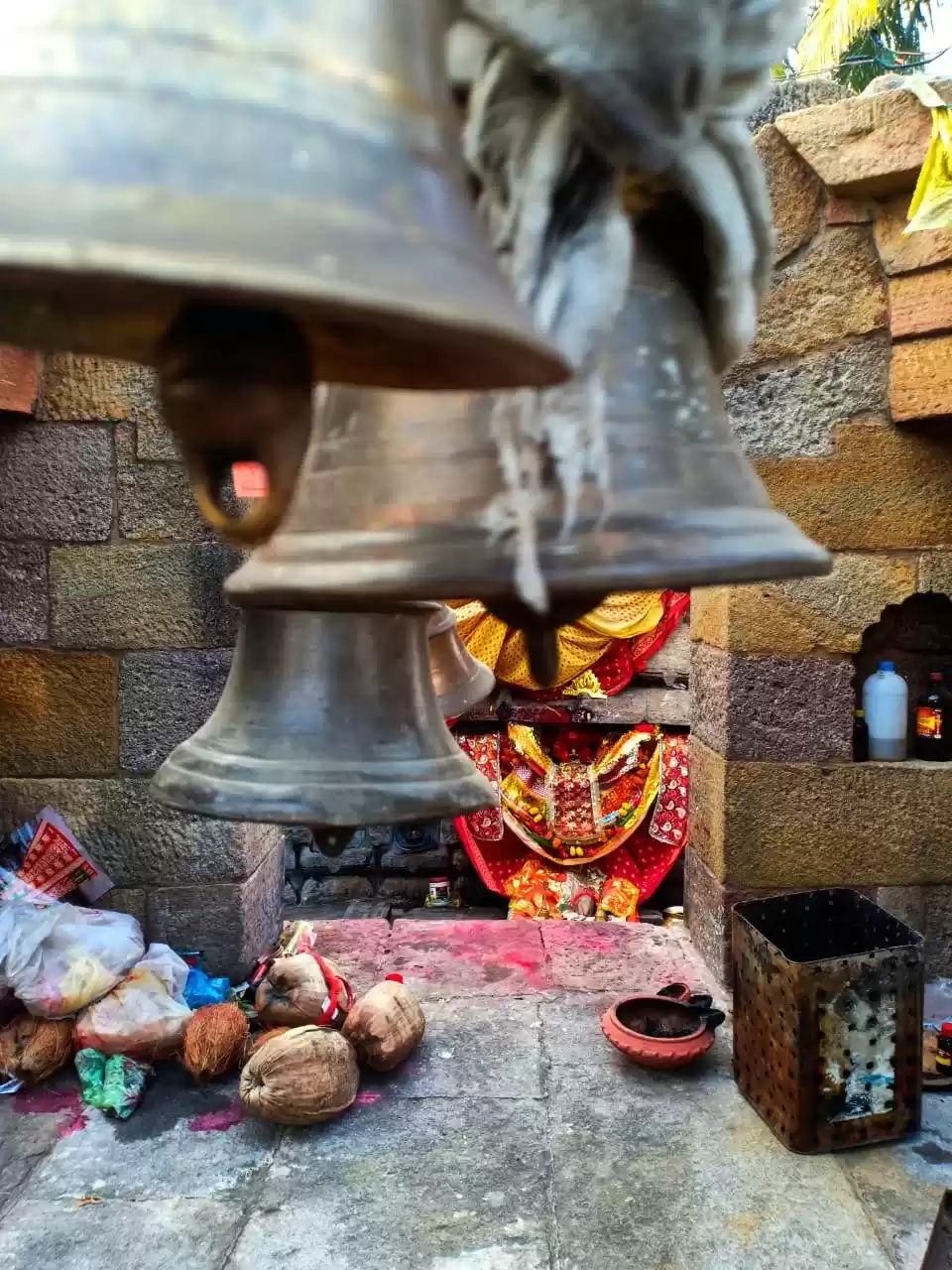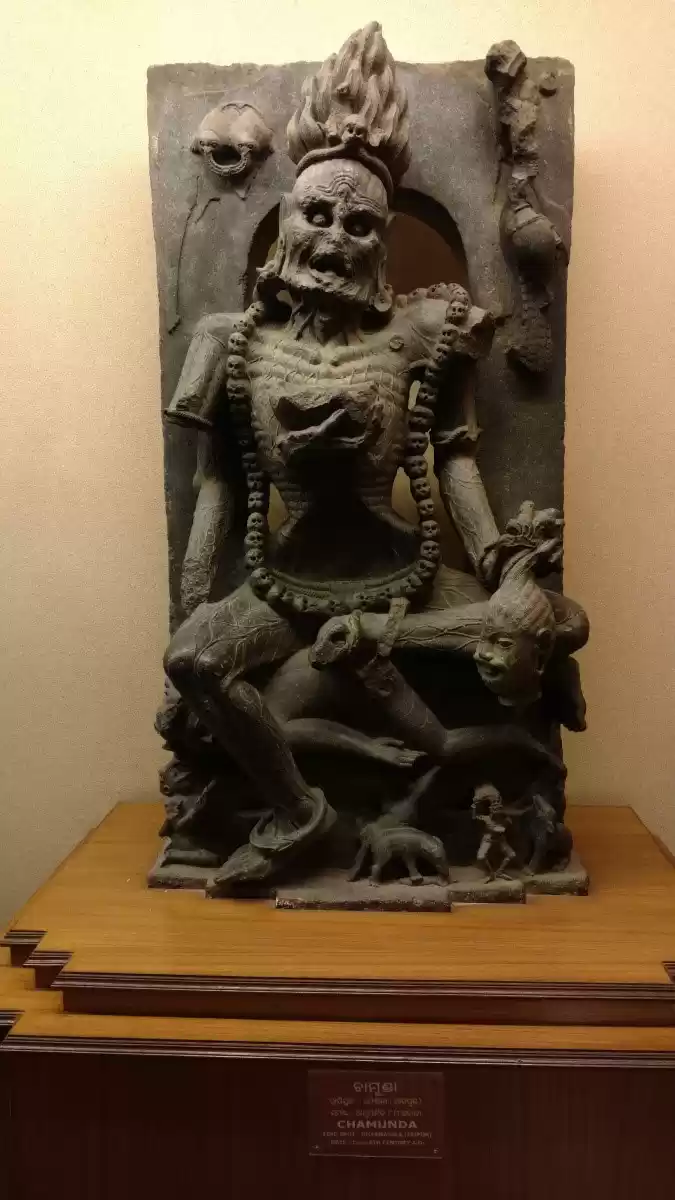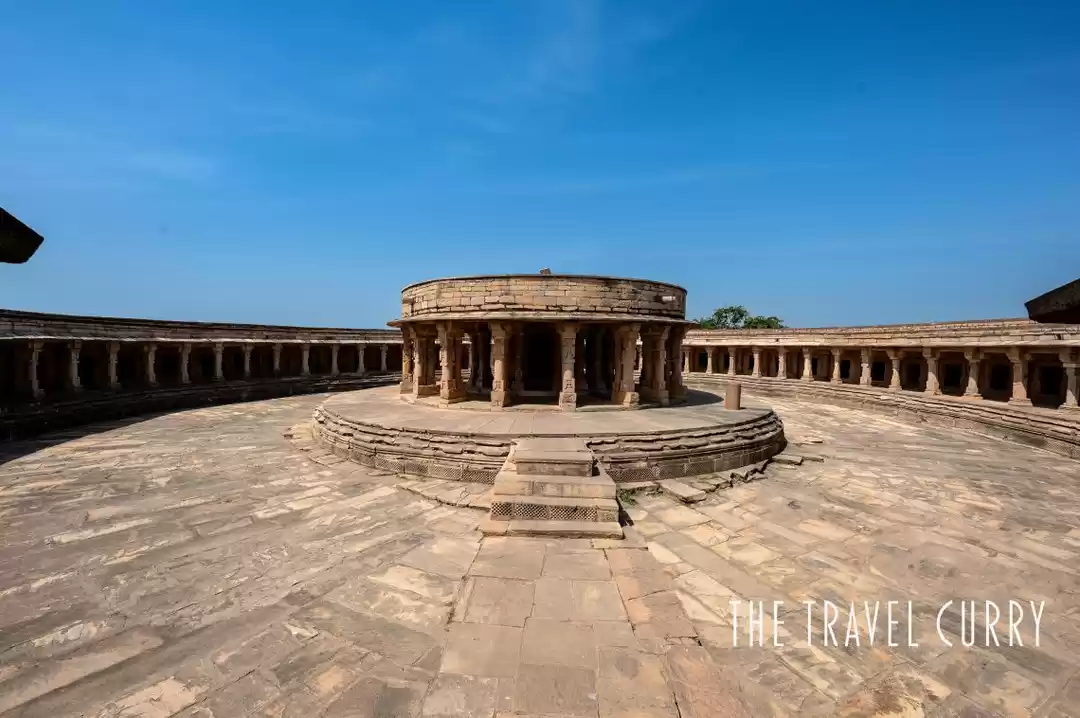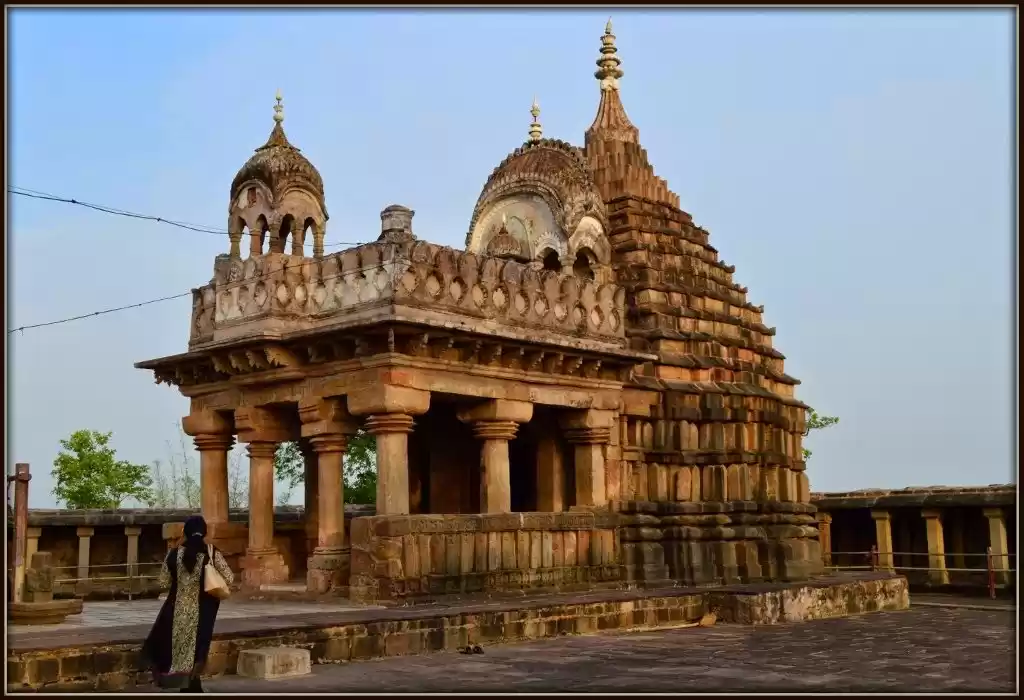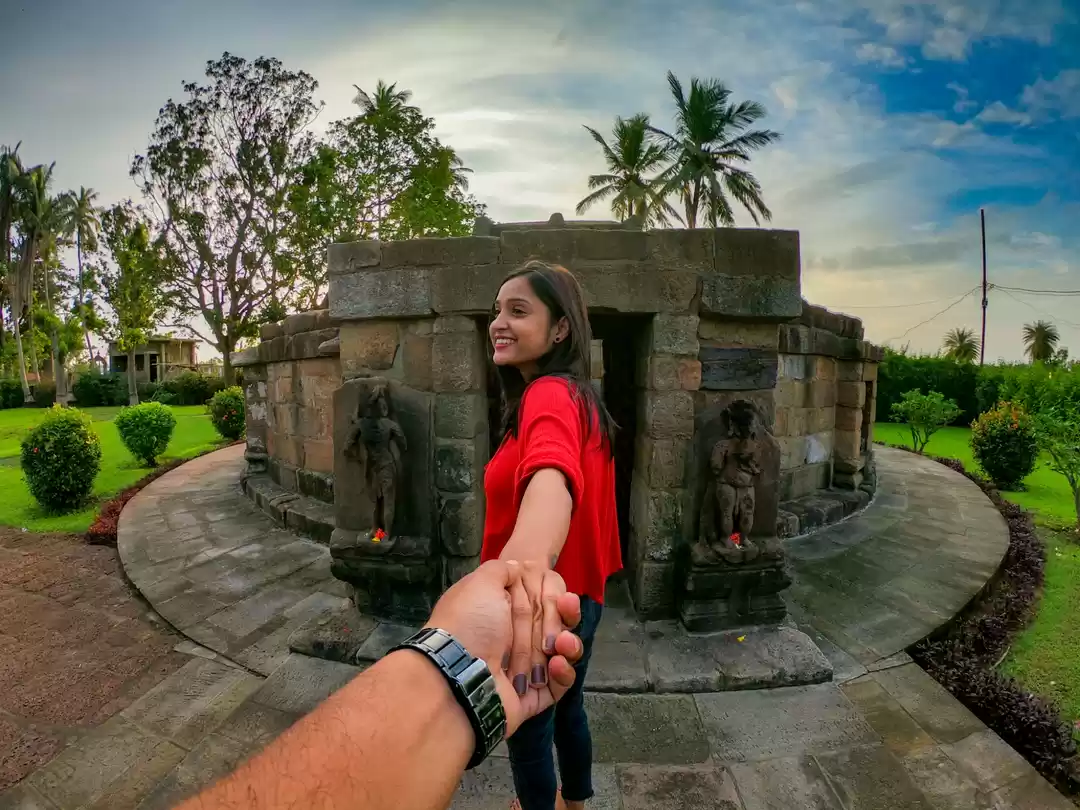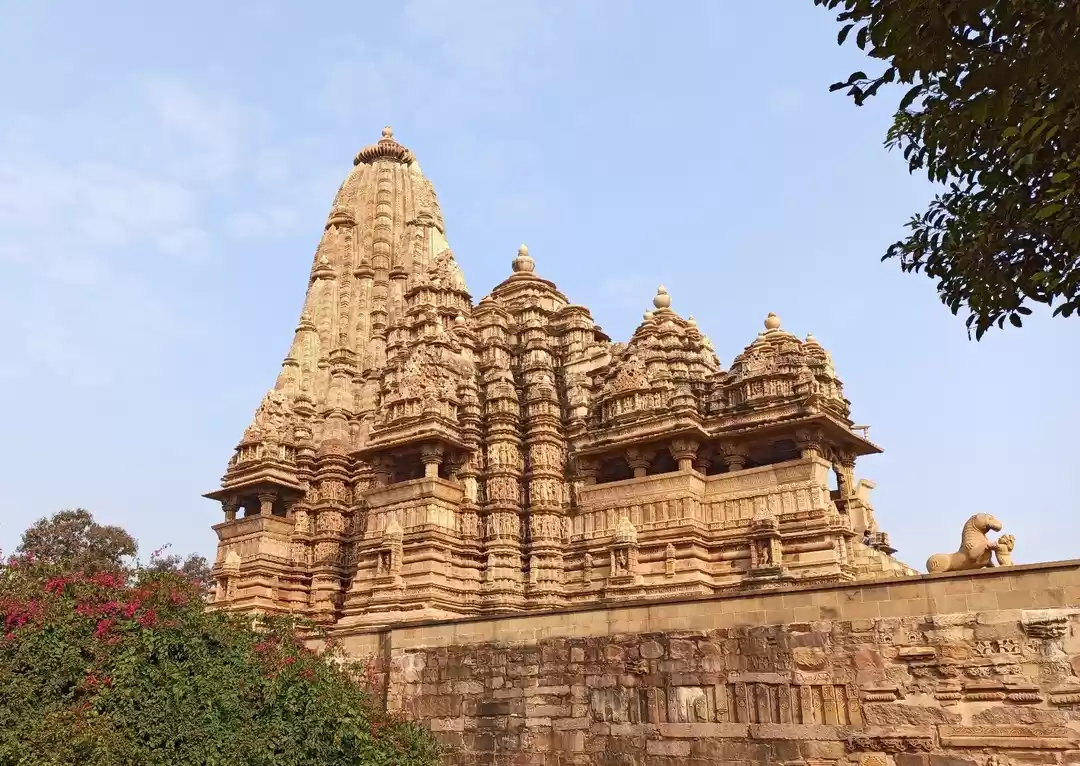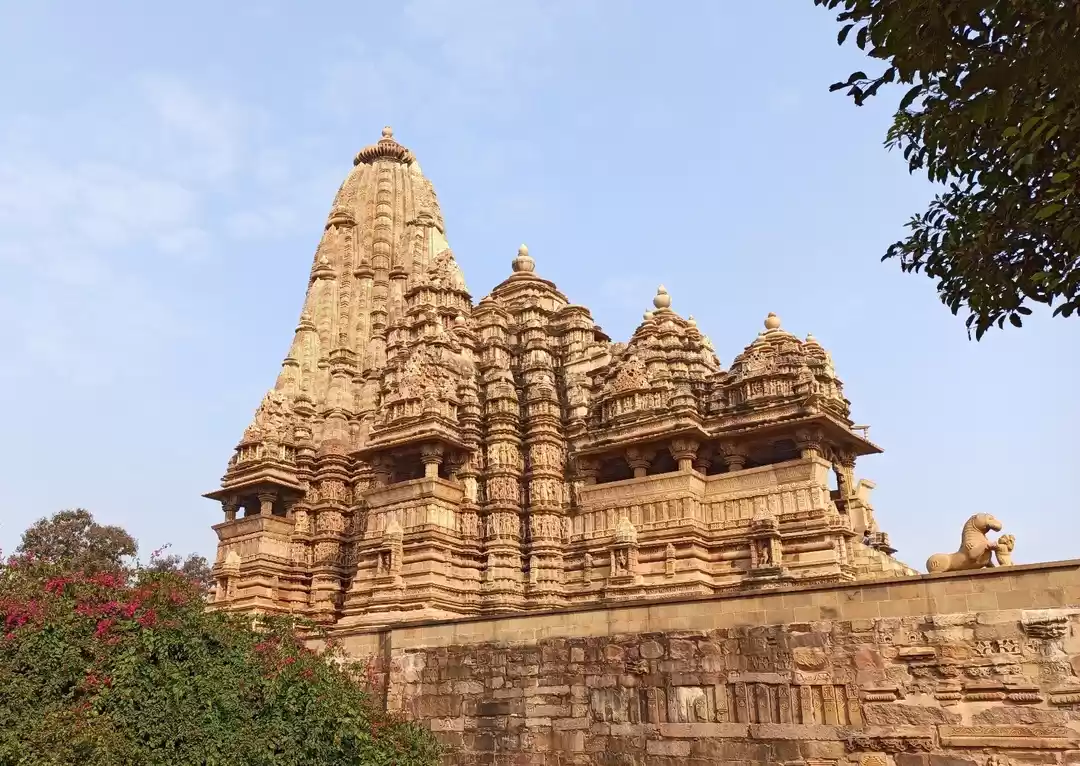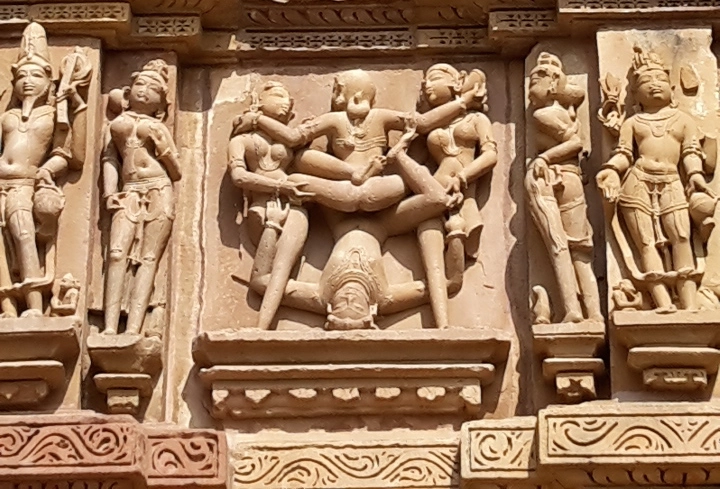
India has four major Chausath Yogini temples - two in Odisha (Hirapur and Ranipur) and two in Madhya Pradesh (Khajuraho and Jabalpur). For a layman, the name "Chausath Yogini" is dedicated to 64 Yoginis (Chausath meaning - 64) worshipped as incarnation of Mother Goddess Shakti.
Location
One of these temples is located in Bhedaghat (Jabalpur district, MP) at a distance of about 5 kms from Jabalpur near the famous marble rocks of Narmada. Taxis, private cabs, autos and state run buses (at specified intervals) are easily available from Jabalpur till Bhedaghat.
Legend of "Yoginis"
The term "Yogini" mostly invokes a sense of fear with a majority regarding them as followers of a secret tantric cult or ones capable of extreme destruction. Some consider them as female attendants of Goddess Durga. However, in essence, it is the feminine Sanskrit word for Yogi (masculine) with their references in our ancient and medieval texts from Hinduism. Literally used for a female master practitioner of Yoga as a mark of respect, the ancient culture of Yoginis are as spiritual practitioners. Researchers have also found their relevance in Buddhist and Jain scriptures.
Walking atop the temple
The surrounding village is a less populated, peaceful set up with few locales and occasional tourists around. A steep flight of stairs (about 150 or more) will take you to the beautiful temple situated on a hilltop. Early mornings or evenings (before sunset) are recommended for visit as afternoons can be really harsh. Like most of its counterparts, this temple is circular in plan and considered to be one of the oldest Yogini temples in India. It is also the largest (in area) amongst the four major ones mentioned earlier.


History and architecture
Once inside, a strange sense of calmness prevails taking you back in time through the age-old historical structure. It was built in 10 th century during Kalachuri dynasty and has stood the test of time with many invasions leaving it partially destroyed. Most notably, it was Aurangzeb and if stories are to be believed, he could not destroy the central shrines due to honey bees attack and left the temple without success. Some researchers claim it was Muhammad Gauri, not Aurangzeb.
The current temple structure is a reformed one and constructed mainly of the local granite and lime stones. It houses 84 pillars in a circular pattern with a centrally located Gauri-Shankar temple. A rare sighting of Lord Shiva and Goddess Parvati riding the bull "Nandi" adds to the remarkable beauty. Additionally, the pillars belong to 64 Yoginis and rest of them are dedicated to other deities. The most common posture found amongst these sculptures is "Lalitasana" mudra which is termed as the "royal pose" or a relaxed sitting posture. Most deities are either beheaded or defaced and it must have been a challenging task to identify their origin.



Another interesting fact is that even though the sculptures of Yoginis are exquisitely carved depicting various emotions and postures, the Gauri-Shankar temple architecture remains comparatively simple. This clearly indicates (backed by scholars and archaeologists) that the central temple was built at a later stage maybe after two centuries of the original circular temple.



India is home to many less frequented and underrated beautiful temples which are an evidence of our glorious lineage - this is definitely one of them.
The information provided is based on firsthand experience and online research (for historical facts). For any further queries, feel free to leave a comment below or email. I will revert at the earliest.
**NOTE: The information provided is based on firsthand experience and published originally on my personal blog "A Merakulous Life". For any further queries, feel free to leave a comment below or email. I will revert at the earliest.




